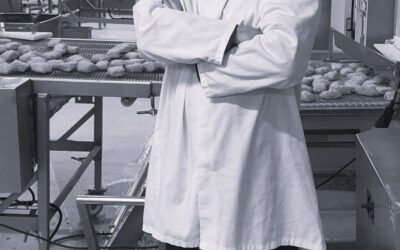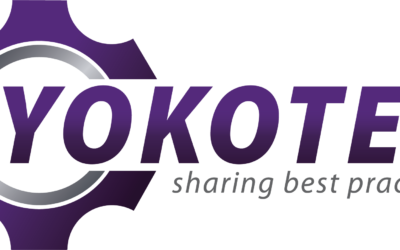#The London Bridge syndrome
Dear #CEO Are maintenance from Mars and Production from Venus?
👀 I call this the London Bridge syndrome, so how do we bridge the Gap?
There are a number of ways to tackle this problem. Some would say, this is an HR problem. We need to do some coaching.
The way I like to solve the London Bridge syndrome between two sparing departments, in this case between production and maintenance, is to refer to the Toyota Two Wheel Concept of balancing Business Progress with Human Development (the Two Wheel Concept is explained proper, in Carl Klemm’s book “The Balance of Excellence’).
You see, the point is, top management is responsible for ensuring there is a balance of progress between the need to develop people through problem solving and the need to progress the business, through such problem solving activities.
When this does not happen, there results a loss in the speed and direction of continuously improving the business. Too much effort is then given over to reactive initiatives in keeping the results coming in.
Most conflicts between teams can be successfully resolved by getting the two teams to work together on a specific problem. In this case, oee , quality issues, volumes, non-planned down-time.
My favourite tool for reporting and problem solving is the A3 method.
👀 What I really emphasis during an A3 is the importance of effective communication, team work, dealing with facts, deming 4 stages, visual management, identifying non-value added activities,
Engaging others in kaizen ideas, the role of the leader of the project, setting goals and short term mile-stones as success points.
Never forget that the success of an A3 is just as much about the principles and people management as it is in the process of an A3.
I also remind maintenance that they are in the support stream of the business and that real tps starts proper, when maintenance department demonstrates that planned maintenance is performed religiously.
and the goal of maintenance is to work in such a way that tpm is in place, is part of OEE time and is focused on constantly reducing the fixed and variable costs of running the business.
Furthermore, I also explain to production that, even though they are in the value creating stream of the business, that does not mean they can abuse the machines and treat maintenance department as their underdog servants!.
Every production operator , line and shift leader has a responsibility to ensure that autonomous maintenance is carried out exactly as it is meant to be performed according to the standard work sheet.
Coaching, communication, feedback , delegating , dealing with inappropriate behaviour are all skills a sensei would use during problem solving for business progress, with the team.
💪 So next time you see the London Bridge Syndrome happening, perhaps this time between sales and production, you know who to call.



